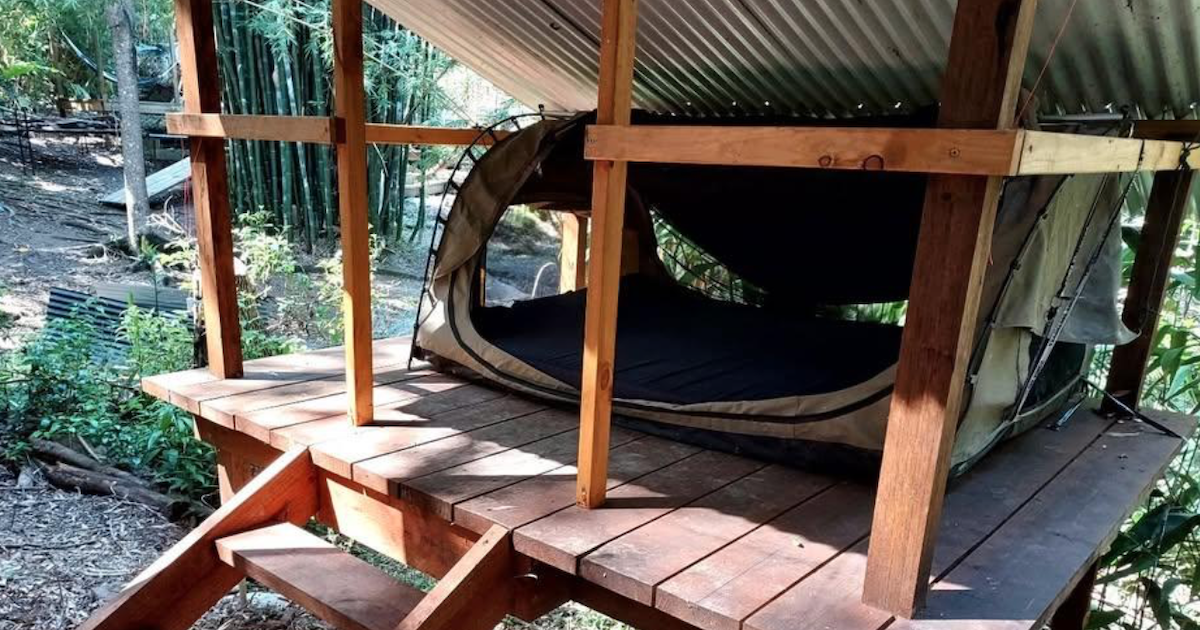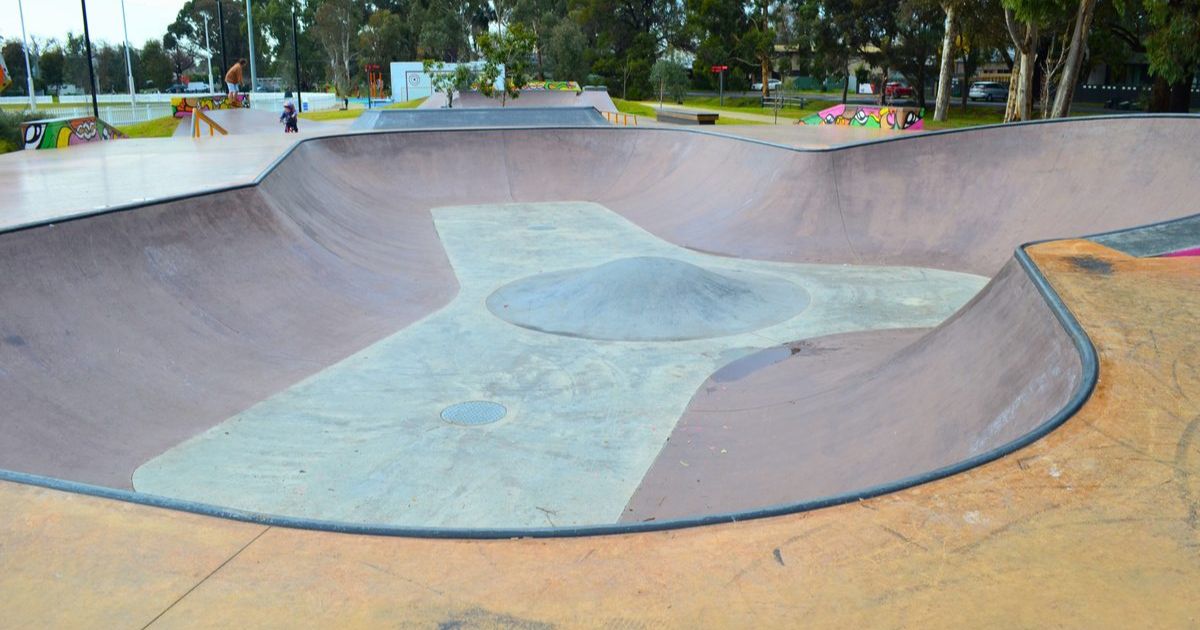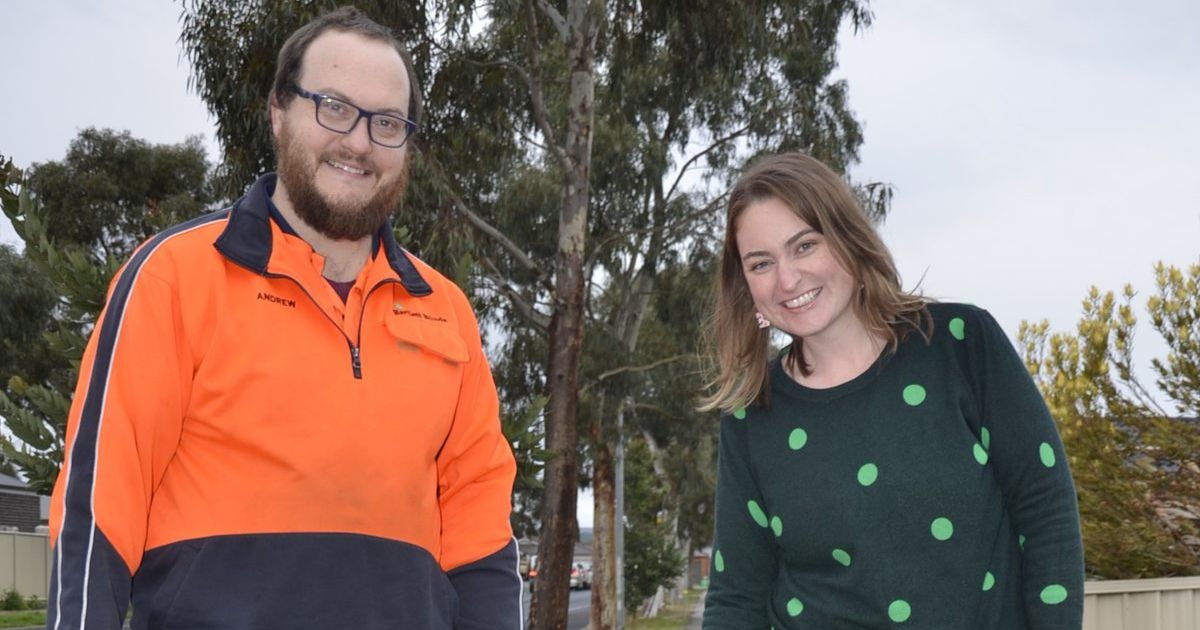Linton’s planted sculptures to slither

Kadak: A 23-metre plant mound will represent a long snake weaving its way around the reserve’s old gum trees. Photo: LEONIE VAN EYK
LINTON’s new living sculptures project is shaping up to weave through Edinburgh Reserve like slithering animals.
Wadawurrung artist Kait James, and fellow creative Forest Keegel are collaborating with Linton locals and Traditional Owners to develop of an endemic Indigenous plant community which will pay respect to the area’s living First Nations culture.
Following an official launch earlier this month, and workshops with community members and Linton Primary School students, more than 1000 native plants are set to be put into the ground at the reserve as a settlers’ “act of reparation.”
Some will be planted together to shape a big 23-metre-long snake weaving its way around old gum trees, while the rest will be planted closer to the pond area to represent an eel, across about 13 metres.
“The big snake, kadak, will be facing Snake Valley, and the eel, buniya, will feature a lot of grasses, facing the direction of the ocean,” James said.
“When we were developing ideas, we came across a local story at Linton Historical Society. There was a record of a Linton man asking Wadawurrung men to carve snake shapes, the same as what they carved on their shields, into the supports of a house’s veranda.
“I thought this was a lovely idea to follow as we’re working together collaboratively again after such a long time. It’s a great opportunity to bring Wadawurrung culture back to Linton.”
James said workshop attendees have been keen to understand more about Wadawurrung peoples’ uses for certain plants, and the stories behind them.
They’ve expressed interest in planting Indigenous species which are hyper local to the area, particularly edible plants, and would like to learn about propagation.
“We’re planning for the planted mounds to become a seed bank, so they can have these plants in their own gardens. They’re also going to be taught how to propagate them,” she said.
James is developing signage to further educate visitors to the reserve about Wadawurrung culture.
Keegel said the community is committed to beautifying the reserve, boosting its biodiversity, and taking care of it in an “imaginative, creative” way.
“People are super keen to plant and water, to the point where we’re also putting a little permanent stainless-steel tank in,” she said.
“This project is a chance for them to think about what else they might want to do in future, and then we can collect some of that and pass it onto their Progress Association.”
Golden Plains Shire has received a $30,000 Regional Arts Fund grant from the Federal Government to deliver the project.
Wadawurrung Traditional Owner Barry Gilson launched the living sculptures initiative at Edinburgh Reserve earlier this month.
Fifty people met to learn about it, enjoy a barbecue, hear Mr Gilson sing, and see him cleanse and clear the site with a smoking ceremony.
Some project development work is on display in the atrium at the Linton community hub, and a suggestion box is there to receive any more ideas.
Plantings are set to start early in spring, and a celebration event is planned for Saturday, 3 September.
An eight-minute documentary is being made all about the Linton living sculptures project, which Keegel said will support the community when they apply for further environmental or arts funding in future.


















